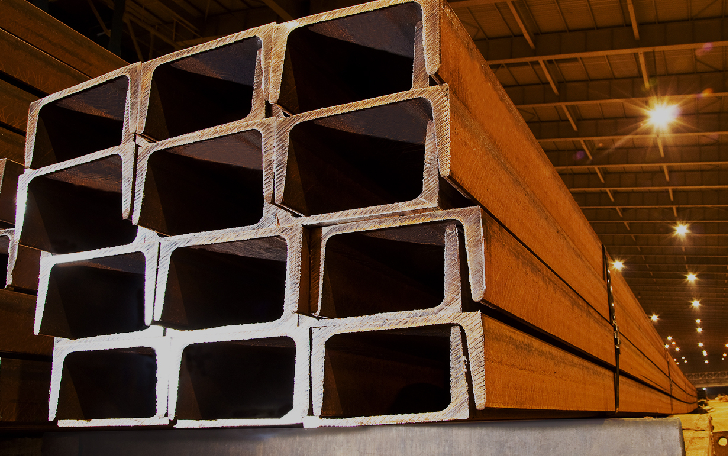Choosing the right beams and columns for industrial structures is crucial for ensuring structural integrity, safety, and cost-efficiency. Beams and columns are the primary load-bearing components in any building, and in industrial settings, they must withstand heavy loads, vibrations, and various environmental factors. This article will guide you through the essential considerations to make when selecting beams and columns for industrial structures.
Understand the Types of Beams and Columns
The first step in choosing the right beams and columns is understanding the different types available:
Beams are horizontal structural elements that support vertical loads. Common types include I beams, H-beams, T-beams, and box beams. Each type has different load-bearing capacities and is suitable for specific applications.
Columns are vertical elements that transfer the load from beams to the foundation. Common types include square, circular, rectangular, and I-shaped columns. The choice of column shape and material depends on the structure's load requirements and architectural design.
Determine Load-Bearing Requirements
In industrial structures, load-bearing requirements are significantly higher than in residential or commercial buildings. These requirements depend on several factors, such as the type of machinery, storage racks, and moving loads (like cranes and forklifts). Calculating the total load, including live loads (variable) and dead loads (permanent), helps in determining the right beam and column sizes.
Structural engineers often use software tools to simulate loads and analyze stress distribution to choose the most efficient and safe structural elements. The American Institute of Steel Construction (AISC) and other local standards provide guidelines on load calculations and beam-column sizing.
Select the Right Material
Choosing the right material for beams and columns is essential for durability and strength. Common materials include:
Steel: Steel beams and columns are widely used in industrial structures due to their high strength-to-weight ratio, ductility, and versatility. Hot-rolled steel beams are particularly popular for their ease of fabrication and ability to handle heavy loads.
Reinforced Concrete: Concrete columns are often reinforced with steel bars (rebar) to increase tensile strength. They are suitable for environments where fire resistance is a priority.
Composite Materials: A combination of steel and concrete can provide additional strength and resistance to heavy loads. Composite beams and columns can be more efficient in certain industrial applications.
Consider Environmental Factors
Industrial structures are often exposed to harsh environmental conditions such as moisture, chemicals, and temperature variations. It is important to choose beams and columns that can withstand these factors. For instance, galvanized or coated steel beams are resistant to corrosion and are ideal for factories exposed to moisture or chemicals. Fire-resistant coatings can also be applied to steel beams to enhance safety.
Factor in Construction and Maintenance Costs
While best steel beams and columns might have higher upfront costs, they often provide cost savings in terms of faster installation, lower maintenance, and longer lifespan. Conversely, concrete beams and columns may require more time for curing and might involve higher labor costs but provide excellent fire resistance. It’s essential to balance initial investment with long-term maintenance costs to determine the most cost-effective option for your project.
Consult with Structural Engineers
Every industrial project is unique, and consulting with a qualified structural engineer is critical. Engineers can provide insights into the best choices for beams and columns based on specific project needs, safety standards, and budget constraints. They can also help optimize designs to reduce material costs without compromising on safety and durability.
Selecting the right beams and columns for industrial structures involves careful consideration of load requirements, material properties, environmental factors, and cost implications. A well-thought-out selection process not only ensures the safety and longevity of the structure but also optimizes costs and efficiency. By following these guidelines and consulting with structural professionals, you can make informed decisions that meet both your project's needs and regulatory standards.





Comments